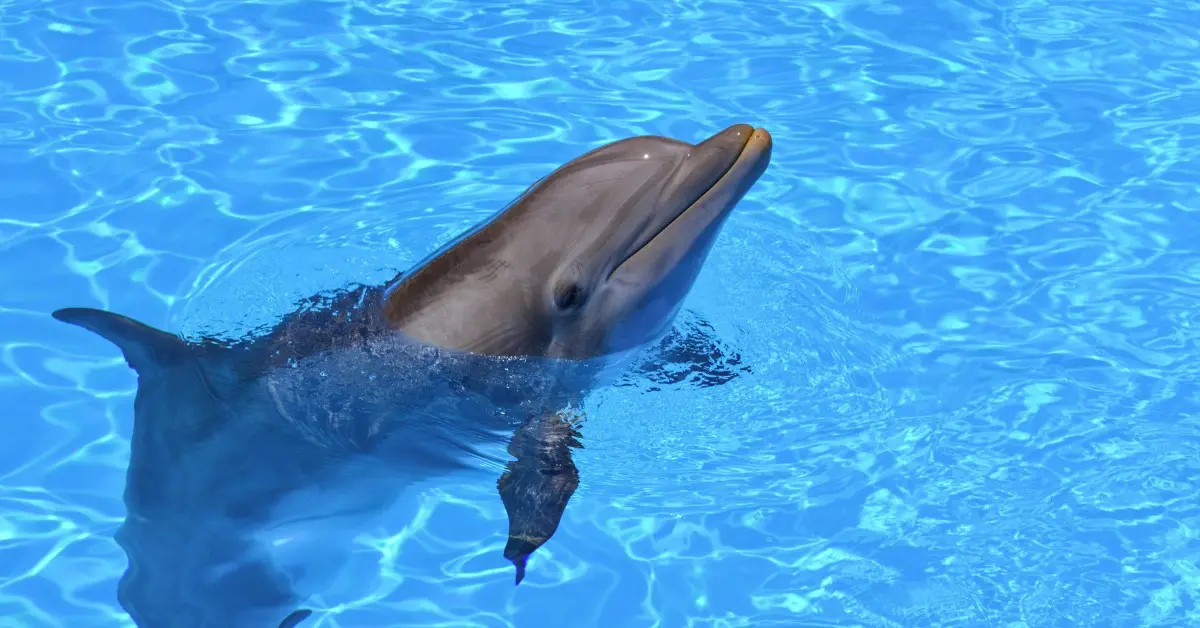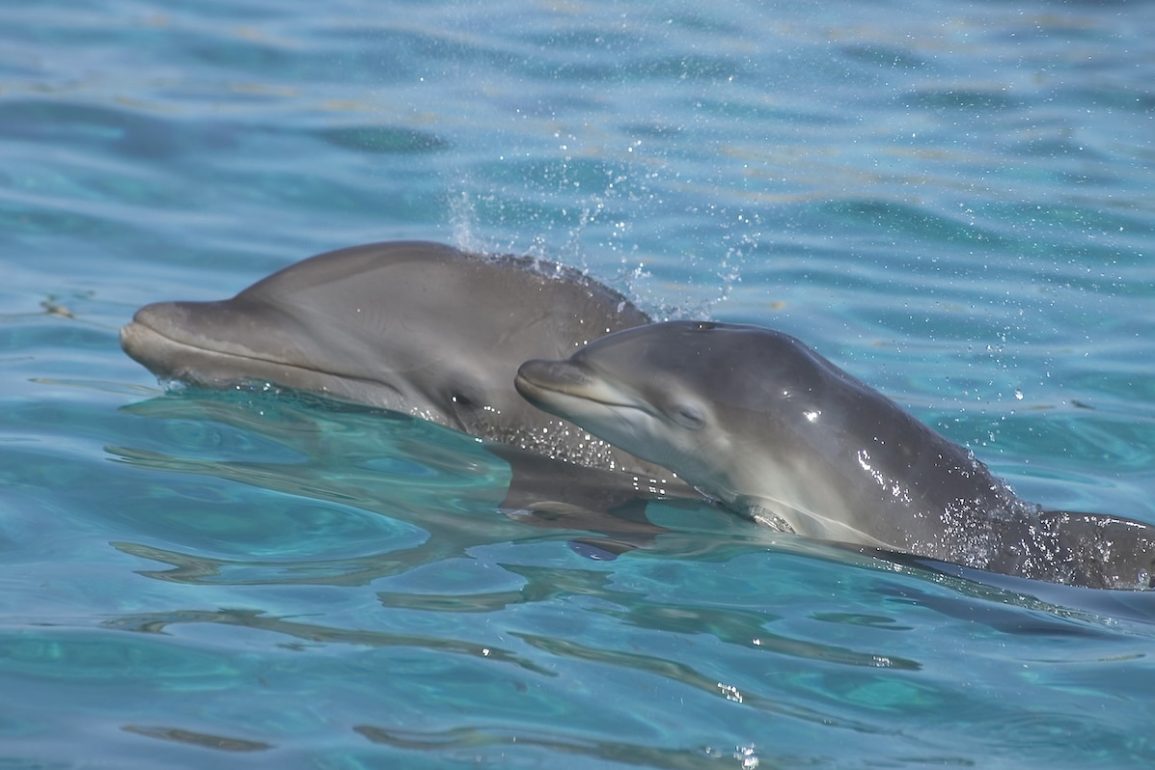Scientists have discovered that bottlenose dolphins may be inhaling microplastics, marking the first time marine mammals have been shown to breathe in the tiny particles. This finding, published in the journal PLOS One, comes from research conducted off the coasts of Louisiana and Florida, where microplastics were detected in dolphins’ breath.
Microplastics are defined as plastic pieces smaller than 5 millimeters, and previous studies have already highlighted their harmful effects on humans and animals. Although marine mammals have been found to ingest microplastics, this is the first research to focus on inhalation as a potential exposure route for these creatures.
The presence of microplastics in dolphins’ breath underscores how widespread plastic pollution is, with researchers noting that even dolphins in less urbanized areas are exposed to these particles. According to environmental scientist Miranda Dziobak, the results demonstrate that microplastics are pervasive, regardless of proximity to human activities.
The study raises concerns about the possible impact of inhaled microplastics on dolphin lung health, although more research is needed to fully understand the consequences. Previous research has shown that microplastics can be transported through ocean waves and into the air, which is how marine animals like dolphins might be exposed.

To conduct the study, scientists collected breath samples from 11 wild bottlenose dolphins using petri dishes held up to their blowholes. These dolphins, located in Louisiana’s Barataria Bay and Florida’s Sarasota Bay, exhaled at least one microplastic particle each.
The researchers identified polyester as the most common type of plastic, similar to findings from human inhalation studies. This discovery adds to growing evidence that microplastics pose a significant risk to marine mammals. A separate study had already shown that large baleen whales, such as blue whales, might ingest millions of microplastics each day.
While the current study focused on dolphins, the findings suggest that other marine mammals, especially those that surface frequently to breathe, may also be at risk of inhaling microplastics. However, the impact on other species, including terrestrial mammals, remains uncertain.
The researchers hope to continue studying microplastic exposure in dolphins to better understand which types of plastic they encounter and what health risks might arise. Such research could also help assess the risks to humans who share the same coastal environments as these dolphins.
Dolphins are seen as good indicators of environmental health, given their long lifespans and tendency to remain in specific areas. Their exposure to microplastics may reflect broader environmental contamination that could affect humans who live, swim, and fish in the same waters.
Greg Merrill, a researcher in marine pollution, noted that the presence of microplastics in both dolphins and their environments could have serious implications for human health, as both species share many physiological similarities and dietary sources. This finding, while important, emphasizes the pervasive nature of plastic pollution in the ecosystem.

